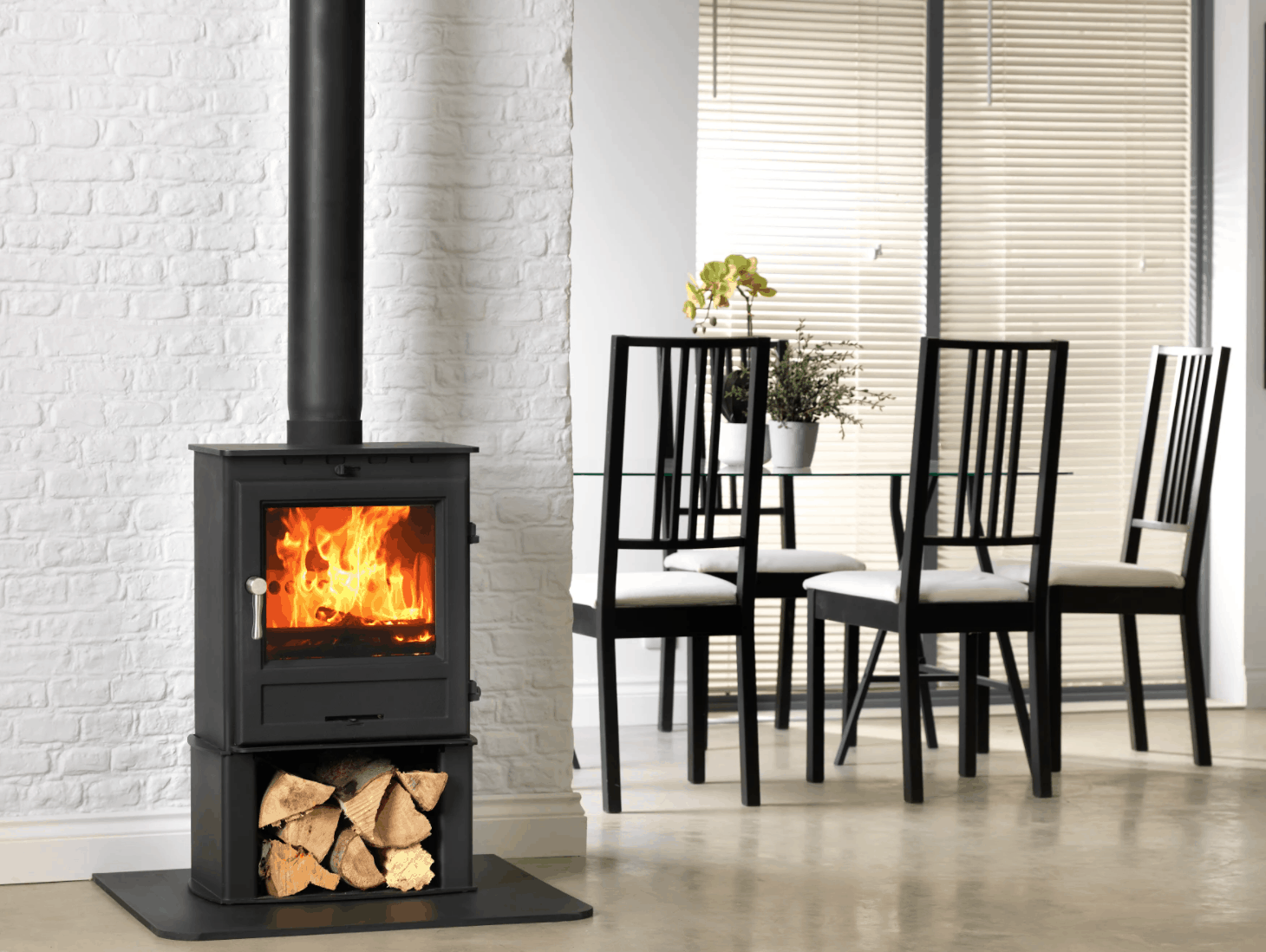How much do you know about chimney safety? If you have an active chimney, you should, as a minimum, have the basic knowledge to make sure your chimney does not put you and your family at risk.
Although chimney fires are falling, more can be done to reduce them further. If you use your chimney, you should at least have a basic understanding of how it works and the possible risks and dangers that can arise.

What causes a chimney fire?
- Excess congestion, such as tar and soot despots, which can be made worse by burning unseasoned wood
- Non-fire-related debris, such as bird nests, can enter the chimney from above, especially over the summer, which is why it is essential to clean it before recommissioning in early autumn.
- Previous undetected chimney fires (more below)
How to prevent a chimney fire:
- Only burn seasoned wood – unseasoned wood can greatly increase the chances of a fire due to the increased tar
- Ensure your chimney is swept at least every quarter during the winter period and before you intend to start using it, to ensure any accumulated debris is removed
- Try and only have small fires – avoid filling up your stove with too much firewood
- Ensure there is a good air supply to your stove
- Use a chimney liner
How can you tell you have a chimney fire?
Often, you will not know that you’ve had a chimney fire. A chimney fire can burn for a long time and significantly raise the temperature inside a flue if there is a lot of tar to burn, which can catch fire with ease. This can cause structural damage due to things like cracked tile flue lining, warped metal flue lining, and melted mortar, not to mention heat exchange to ceilings, walls, or structural beams near the chimney.
A chimney fire can damage the chimney, creating cracks and air pathways into the home for carbon monoxide to spread. If the damage is not repaired, a small fire in the chimney could easily spread into a devastating house fire.
Below are the telltale signs you’ve had a fire and you may need an investigation – don’t just assume that you’re safe as the fire is out.
- Flakes of creosote on the ground, around the roof or in the firebox
- Creosote that looks puffy or like honeycomb
- Cracked pieces of flue tiles
- Damaged or melted roofing material
- A discoloured or disfigured chimney cap/rain cap or chase cover
- Cracks in the masonry on the outside of the chimney
- Heat damage to a TV antenna or satellite dish
- Warped metal components like a metal damper, smoke chamber connection pipe, flue liner, or factory-built chimney
If you suspect a chimney fire has occurred, you should consult a relevant structural professional who can investigate and advise you on any damage.








